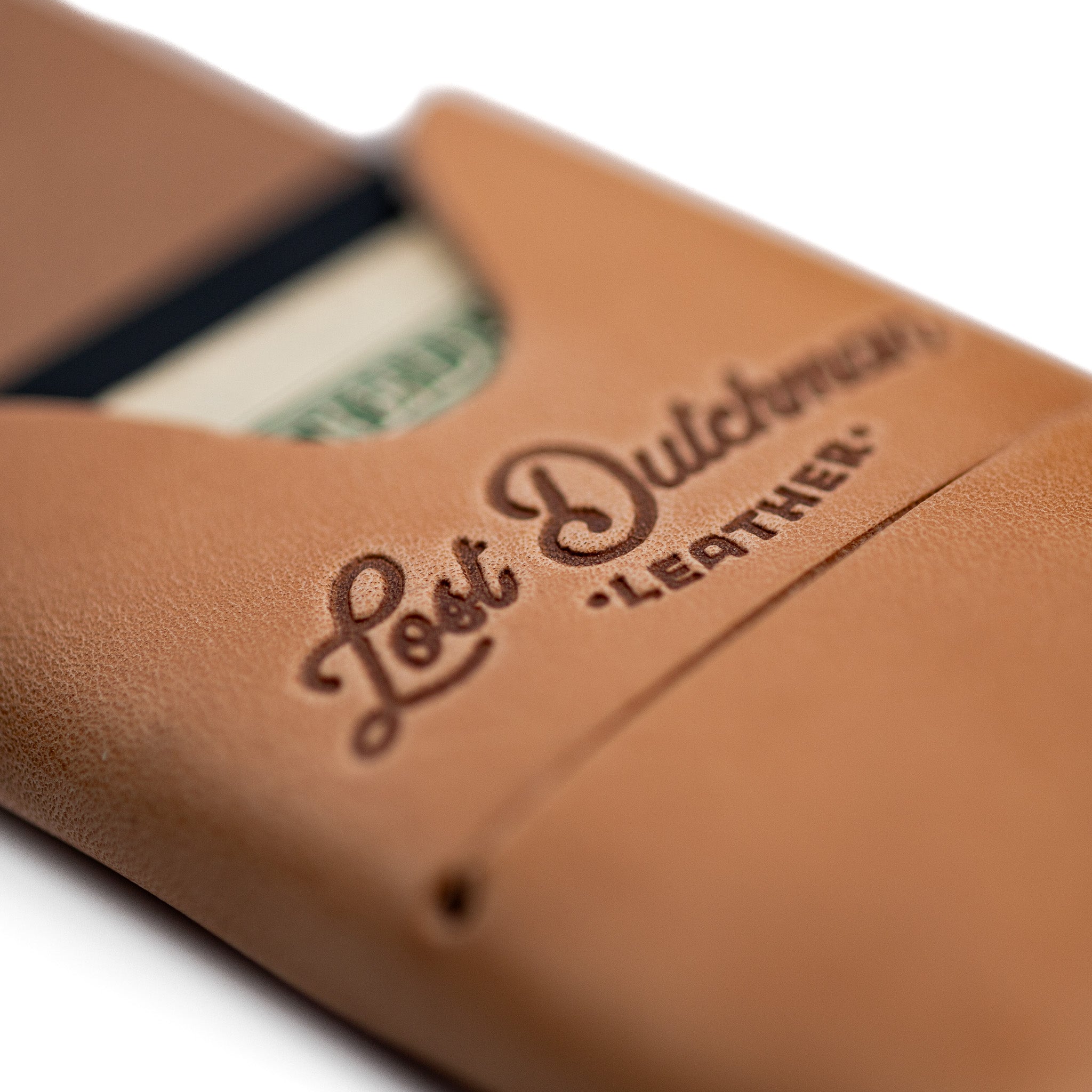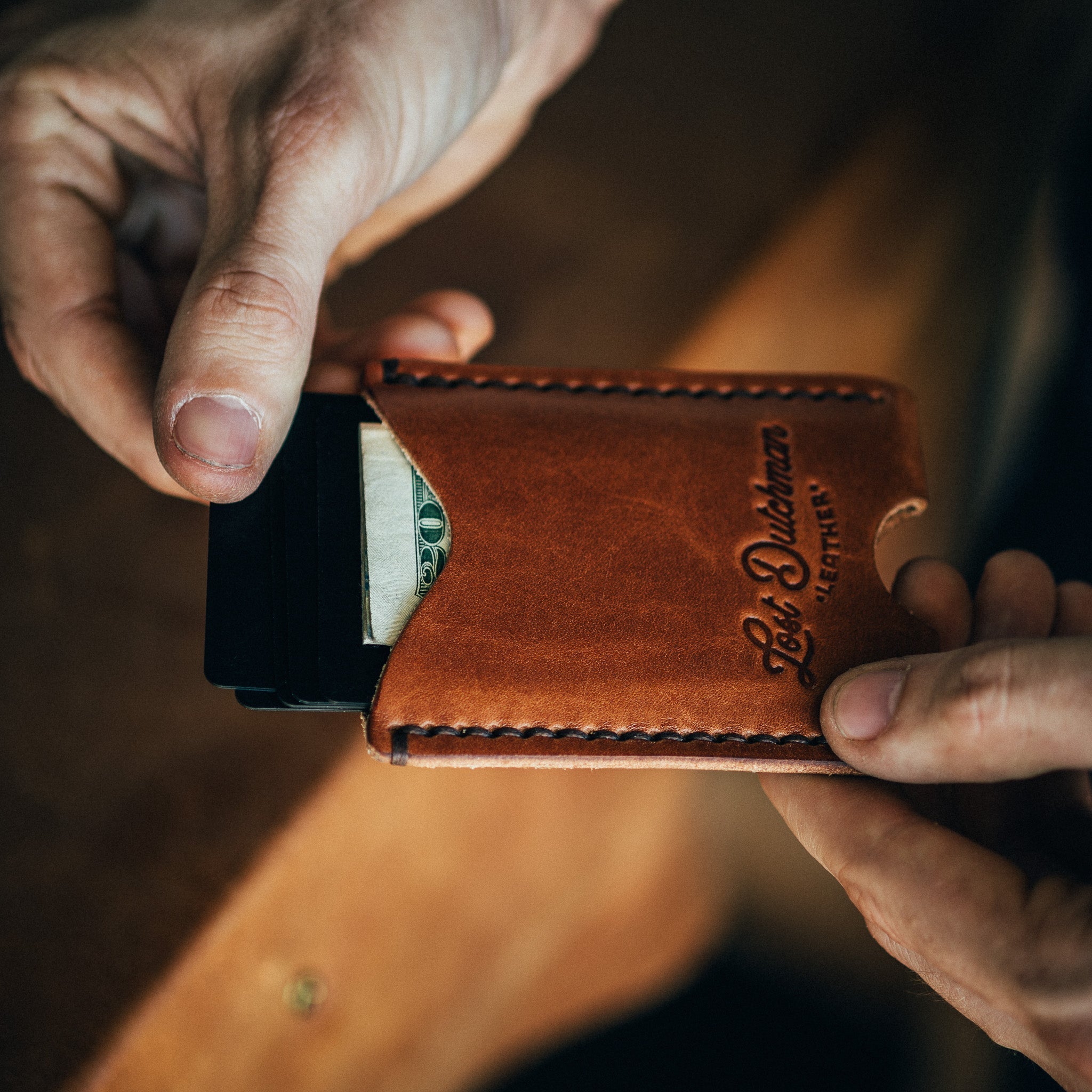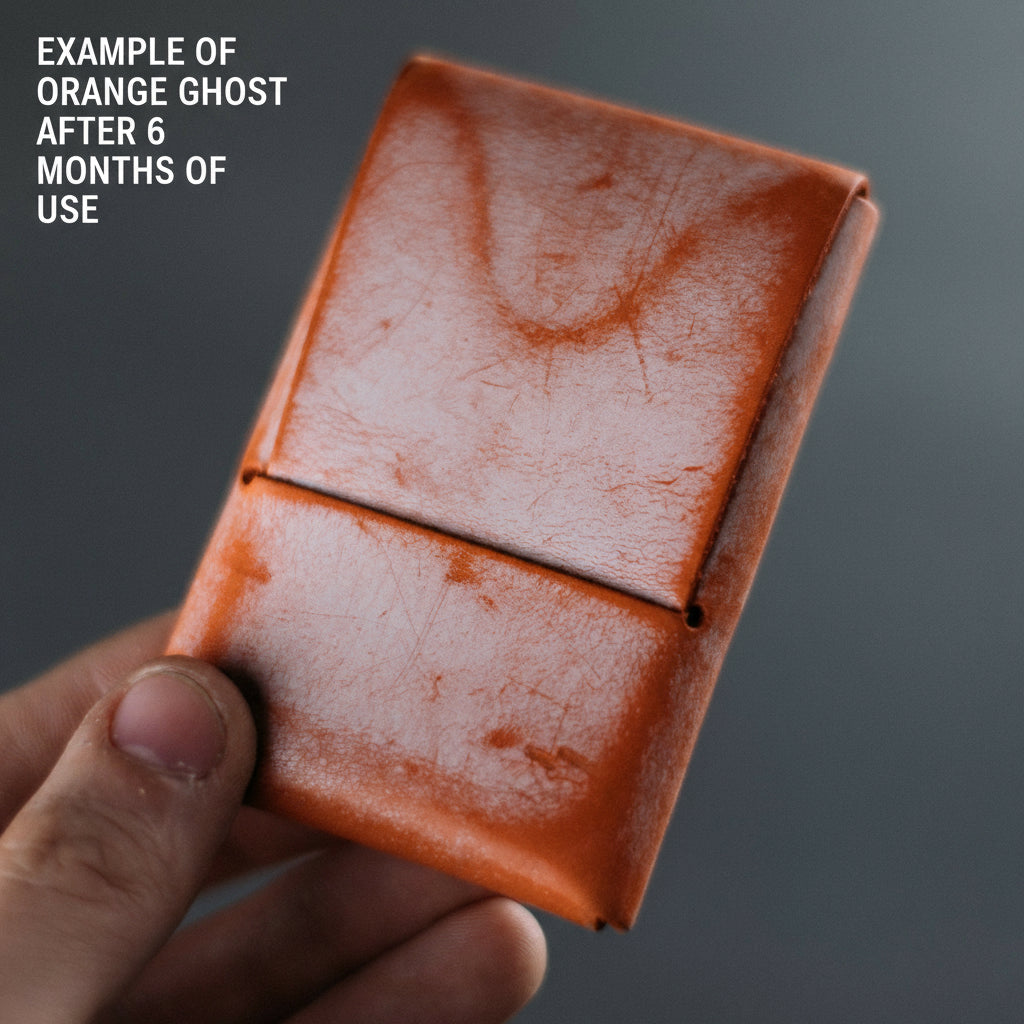
Cleaning Leather Without Harsh Chemicals
Leather is unlike any other material. It carries strength and elegance, yet it also records the story of its owner’s life. A wallet softens at the edges where it’s pulled from a pocket each day. A belt creases where it’s buckled, gaining a natural shine. Even a set of coasters develops markings from shared drinks and conversations. These changes aren’t flaws; they’re the marks of a material alive with character.
But leather’s beauty also makes it vulnerable. Dust, spills, and everyday dirt eventually collect on the surface. The instinct for many is to reach for a powerful cleaning spray, but harsh chemicals are no friend to leather. They strip away natural oils, weaken fibers, and shorten a product’s life. Choosing a non-toxic leather cleaner protects both the surface and the soul of the piece. This is the essence of chemical-free leather care: simple, safe, and deeply effective.
Why Harsh Chemicals Fail Leather
A harsh chemical cleaner works by breaking down dirt aggressively. On a countertop, that’s fine. On leather, it’s destructive. Leather is porous; it breathes, absorbs, and flexes. Chemical detergents seep into those pores, strip oils, and leave fibers brittle.
-
Dryness: Without natural oils, fibers lose elasticity, leading to cracks.
-
Color fading: Strong chemicals bleach dyes and flatten natural tones.
-
Toxic residue: Many cleaners leave behind films that attract dust faster.
-
Health risks: Harsh fumes aren’t safe for daily-use items like wallets or belts that touch skin.
By contrast, a non-toxic leather cleaner works with the material, lifting dirt without robbing it of life.
Understanding Different Leather Types
Not all leather responds the same way to cleaning. A thoughtful routine accounts for the type of hide and its treatment.
-
Full-grain leather: The most durable and natural surface. It welcomes gentle cleaning but shows damage quickly from chemicals. This is the leather used in The Belt, designed to age beautifully.
-
Top-grain leather: Slightly corrected surface, smoother finish. Less porous but still requires gentle, diluted cleaners.
-
Vegetable-tanned leather: Highly organic and responsive to natural cleaners. Easily darkens if oils are overused. A wallet like The Franklin showcases this character.
-
Chrome-tanned leather: More resistant to stains but can lose suppleness with chemicals. Gentle solutions keep it flexible.
-
Suede or nubuck: Extremely absorbent; only brush cleaning and specialized, non-toxic suede products should be used.
Knowing the leather type before cleaning ensures you choose the safest approach.
Natural Cleaning Toolkit
The strength of chemical-free leather care lies in simplicity. Most effective cleaners come from ordinary household items:
-
White vinegar – Cuts through dirt with mild acidity, kills bacteria.
-
Baking soda – Pulls out grease, deodorizes naturally.
-
Mild soap – Just a drop in water lifts surface grime.
-
Olive oil or lanolin – Acts as a natural conditioner.
-
Microfiber cloths – Trap dirt without scratching.
-
Soft brushes – Reach stitching lines and textured areas.
-
Spray bottle – Keeps dilution controlled, prevents soaking.
Together, these form a gentle, reliable kit for regular upkeep.
DIY Recipes for Non-Toxic Leather Cleaner
Instead of buying pre-made solutions, it’s easy to mix your own:
-
Everyday cleaner: 1 part white vinegar + 1 part water.
-
Soap solution: 2 drops mild, unscented dish soap in 1 cup warm water.
-
Odor neutralizer: Sprinkle baking soda directly on the item, let it sit overnight, and brush it away.
-
Shine & condition blend: 1 teaspoon olive oil + one teaspoon vinegar in 1 cup water, applied sparingly.
These recipes are cost-effective, safe, and easy to prepare.
Step-by-Step Cleaning Routine
1. Prep the Surface
Wipe away dust with a dry cloth or brush. This prevents scratches.
2. Spot Test
Always test a hidden area first. Leather varies, and even natural cleaners may darken lighter hides.
3. Apply Cleaner
Dampen a microfiber cloth with the solution. Wipe in small circles. Never soak leather.
4. Rinse Residue
Use a cloth with plain water to remove excess solution.
5. Air Dry
Let dry in a shaded, ventilated place. Avoid sunlight or heaters.
6. Condition
Massage in natural oil, buff with a clean cloth. This restores suppleness.
This method works for wallets, belts, trays, or coasters. A card holder from the collection cleaned this way will keep its sharp profile and smooth finish.
Handling Tricky Stains
Leather owners eventually face tougher challenges:
-
Grease stains: Cover with baking soda, leave overnight, and brush off.
-
Ink stains: Dab gently with a cotton swab dipped in rubbing alcohol. Work from outside in.
-
Water spots: Even out by lightly dampening the entire surface. Air-dry evenly.
-
Odors: Seal the item in a cotton bag with baking soda or cedar blocks.
These targeted fixes avoid aggressive chemical cleaners while addressing real-world stains.
Seasonal Leather Care
Climate plays a major role in leather health. Cleaning routines adapt with the seasons:
-
Summer (humidity): Wipe more often to prevent mold growth. Store with silica packets.
-
Winter (dry air): Condition more frequently to prevent cracking.
-
Coastal regions: Salt and moisture demand more regular rinses with plain water before conditioning.
-
Arid climates: Dust accumulation calls for frequent dry brushing and gentle wipe-downs.
Adapting care to the environment extends lifespan significantly.
Everyday Lifestyle Habits
Leather doesn’t just need cleaning; it needs mindfulness in daily life.
-
Avoid overloading wallets. Designs like The Mini Franklin are built for essentials, not excess. Overstuffing strains seams and dirties edges.
-
Use trays for storage. A piece like The Catch-All keeps wallets, belts, and keyrings in one place, away from spills or scratches.
-
Rotate items. Alternate between wallets or belts to reduce daily wear.
-
Wipe weekly. Dust removed regularly prevents buildup that requires deeper cleans later.
Good habits make cleaning simpler and less frequent.
Why Conditioning Completes the Routine
Cleaning is only half the story. Without conditioning, fibers dry quickly. Natural conditioners, olive oil, lanolin, or beeswax blends, return the oils that leather loses.
Conditioning prevents cracks, restores color, and gives leather that soft, touchable feel. For example, a piece like The Belt stays flexible and rich when oiled after every few cleans.
A Heritage Story of Natural Care
A craftsman once inherited his father’s bifold wallet. For decades, it had been cleaned only with vinegar and conditioned with olive oil. Despite heavy use, it remained strong, supple, and darkened beautifully with age. The secret wasn’t a miracle product; it was steady, gentle, chemical-free care.
This story illustrates why natural methods matter. Leather doesn’t just survive when cared for this way; it thrives.
Final Word: Gentle Care for Lasting Beauty
Leather deserves care that honors its natural qualities. A non-toxic leather cleaner paired with chemical-free leather care ensures every wallet, belt, and accessory not only lasts but grows richer over time.
At Lost Dutchman Leather, every item, from slim wallets to rugged belts and functional trays like The Catch-All, is crafted to endure. With mindful, natural care, they can serve not just a lifetime but become heirlooms passed down, carrying both durability and memory.


